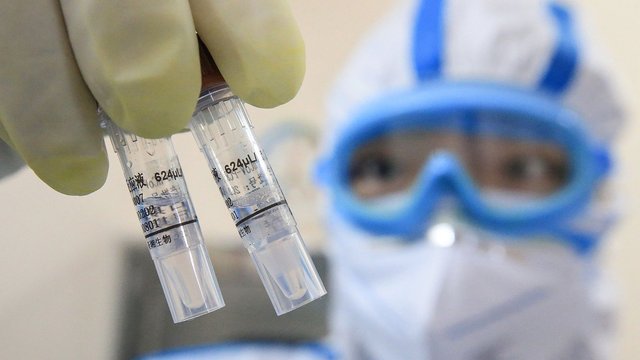
 |
How To Write A Scientific Research Paper (wmd Cbrn) 1
 How To Write A Scientific Research Paper (wmd Cbrn) 1 Published 7/2025 MP4 | Video: h264, 1920x1080 | Audio: AAC, 44.1 KHz Language: English | Size: 1.38 GB | Duration: 1h 29m Ionizing radiation, Earth's radiation, Internal irradiation, Radiation background of open areas and buildings What you'll learn Topic relevance The purpose of the scientific paper Scientific paper objectives Scientific novelty of the work Practical value of the work Natural sources of ionizing radiation Cosmic rays Earth's radiation Internal irradiation Radon Nuclear weapon explosions Other sources of environmental pollution Biological effects of ionizing radiation Nuclear tests - a new source of low-dose radiation exposure Radiation background Determination of the radiation background of open areas of permanent deployment of military units located in the territory of (X) and determination of the avera Analysis of statistical indicators of morbidity of personnel located in the studied territory. Development of appropriate preventive measures, if necessary Requirements Suited for all Description Although humans were constantly exposed to cosmic rays, radon, and radionuclides in the Earth's crust, the effects of ionizing radiation were poorly understood until man invented artificial sources of radiation The first idea of limiting radiation exposure was expressed by the English scientist W. Rollins in 1902. According to his proposal, a safe dose was taken as a dose corresponding to an exposure dose of 10 R/day. Further recommendations were made by individual authors and international committees that discussed these issues at scientific conferences and symposia of various levels , and today 5 mSv/year is permissible for professionals, and 1 mSv/year for the populationIn most developed countries, measurements of radon activity in indoor air have been widely carried out in recent years The US Environmental Protection Agency, after measuring radon levels in more than 2 million homes, schools, and workplaces, found that 30% of buildings in one state had radon levels above the norm.Many countries around the world and in Europe also measure the radiation background and exposure dose rate in areas and buildings.Most NATO forces have a computer database of all environmentally hazardous military facilities. Such intensive research is warranted by the fact that science has confirmed the harmful biological effects of ionizing radiation not only at high doses, but also at low doses over a long period of time The 21th century, the period of global radioactive pollution of the environment, called the "atomic century", has passed in such a way that it has raised the question of the future existence or non-existence of nuclear energy. Humanity has clearly presented the danger of radioactive pollution and is making every effort to eliminate it. If by the beginning of the 70s the development of nuclear power was perceived as the main (only and unalternative) path of humanity, today all attention has been transferred to alternative energyFrom all of the above, it is clear how important it is to study the radiation background in the places of permanent deployment of the (X) Armed Forces - barracks and their surrounding areas, to determine the effective and collective doses of radiation exposure to personnel, and in this context to study their morbidity, to plan appropriate health-improving measures and their practical implementation Suited for all,Military personnel,Medical personnel,CBRN,WMD Цитата:
|
| Часовой пояс GMT +3, время: 18:21. |
vBulletin® Version 3.6.8.
Copyright ©2000 - 2025, Jelsoft Enterprises Ltd.
Перевод: zCarot